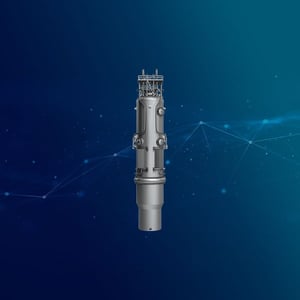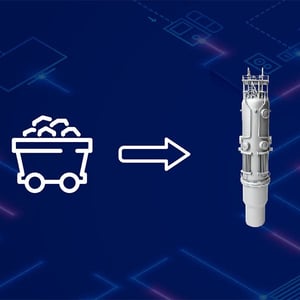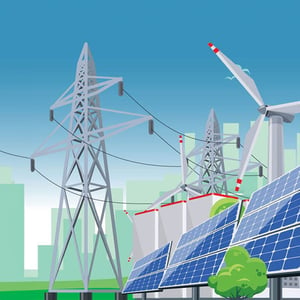
Understanding Emergency Planning Zones
Introduction
Emergency planning zones (EPZs) are a vital component of nuclear power plant emergency preparedness. They provide an extra layer of assurance that the health and safety of the public are protected in the unlikely event of an accident. So, what exactly is an EPZ, and how does it function? Let’s explore these questions and more.
What is an Emergency Planning Zone?
An EPZ is a designated area around a nuclear power plant that is established to ensure there is a preplanned strategy in place to minimize the public’s direct exposure to radiation following an incident. These zones typically involve coordination between the plant operators, local government agencies, and emergency services.
The U.S. Nuclear Regulatory Commission (NRC) requires the current U.S. fleet of large nuclear power plants to establish an EPZ within a 10-mile radius surrounding the plant. The 10-mile radius is based on risk assessments of the current fleet of large nuclear reactors, which consider a spectrum of potential accident progressions and timing, to ensure the emergency plan encompasses a full range of possible conditions.
However, EPZs are about more than just geographical boundaries. They are part of a comprehensive emergency response plan that also includes a system for notifying the public if an incident occurs at a plant. In the event that radioactive material is released, response managers will use this plan to coordinate their actions and provide protective measures. These measures could include evacuation, sheltering in place, or the use of potassium iodide to protect the thyroid.
NuScale’s Risk-Informed Approach to EPZs
Safety is the heart of everything we do at NuScale, defining our purpose and driving our commitment to excellence. Comprehensive risk assessments help us determine what can go wrong, how likely it is, and the consequences. These assessments inform our designs with the goal of reducing overall risk of incidents.
Risk at nuclear facilities can be minimized in three ways:
- Reducing the potential set of failures
- Reducing the likelihood of failures
- Reducing the consequences of failures
The enhanced safety case of the NuScale Power Module™ (NPM) design reduces the impact of all three. Let’s take a look at how:
- Our small modular reactor (SMR) design is simpler and doesn’t require many of the active components that exist in large reactors, eliminating many pumps, motor-operated valves, and emergency generators. This reduces the potential set of component failures and the likelihood of severe events by several orders of magnitude.
- In the event of a prolonged power outage, passive safety systems (relying only on natural circulation) keep our smaller reactors cool for an unlimited period of time by transitioning from water cooling to air cooling. This is done without the need for operator action, AC or DC power, or connection to the grid.
- Smaller reactors = less fuel. The small core size and distribution of core material throughout multiple NPMs, each with independent safety systems and containments, significantly reduces the amount of radioactive material that could be released into the environment.
- Physical barriers such as a Seismic Category 1 reactor building and the placement of NPMs below ground and immersed in a cooling pool reduce vulnerability to extreme weather events and aircraft impact.
As a result of this new level of safety, the U.S. NRC approved our methodology for appropriately sizing EPZs. Using this method, NuScale-powered plants in the U.S. are expected to only need an EPZ that extends to the site boundary of the power plant vs. the 10-mile radius required for large nuclear plants. We are the first and only nuclear technology to have received this approval.
The Benefits of a Site Boundary EPZ
Our smaller EPZ allows for less costly and more localized and manageable emergency preparedness measures, while still providing the same level of protection to the public as the 10-mile radius required for large reactors. It decreases the need for sirens, dedicated alert systems, and emergency drills, which reduces burden on local, state, and federal agencies.
A site boundary EPZ also makes it easier to locate SMR plants closer to end-users, including data centers, industrial facilities, and communities. This proximity is crucial for supplying electricity or process heat, replacing retired coal-fired plants, and setting up emergency power micro-grids.
Conclusion
EPZs play an important role in safeguarding the public health and safety. Our risk-informed approach to EPZ sizing embodies our commitment to safety, innovation, and community, providing a blueprint for the future of nuclear energy. With the advent of new technologies like small modular reactors, the future of nuclear safety looks brighter than ever.



